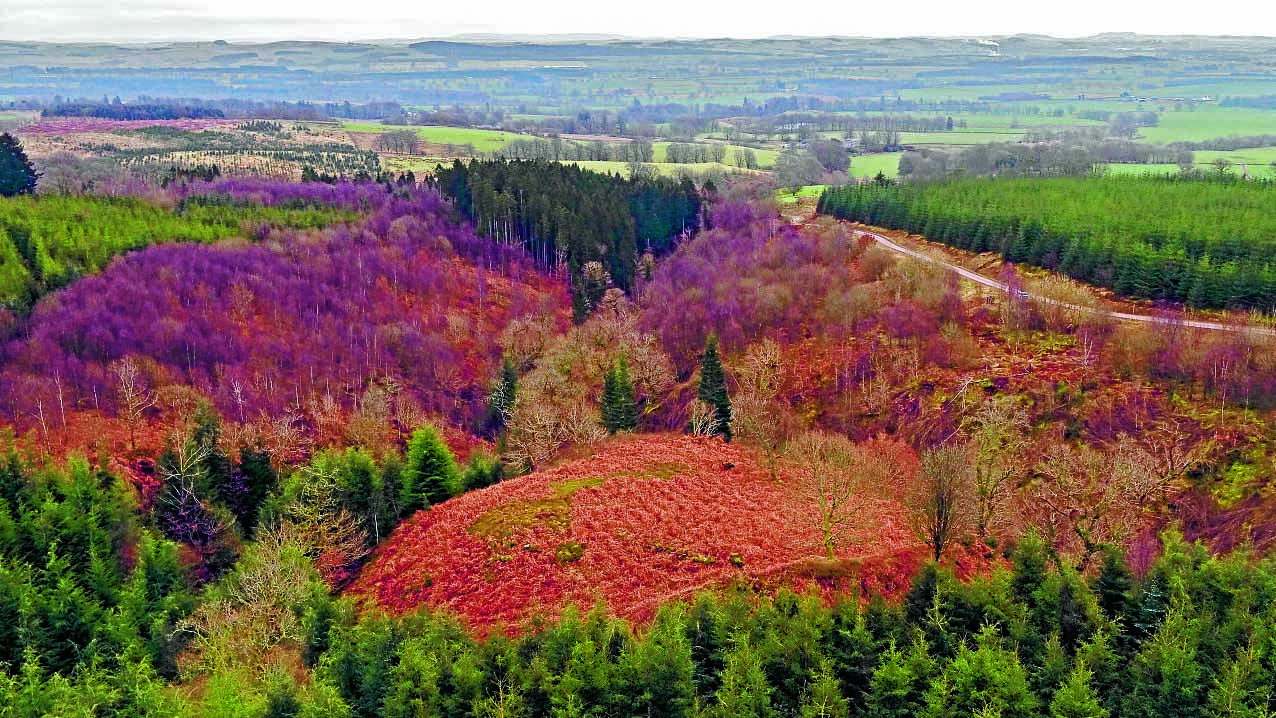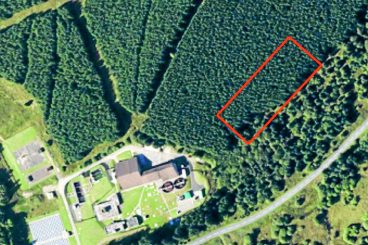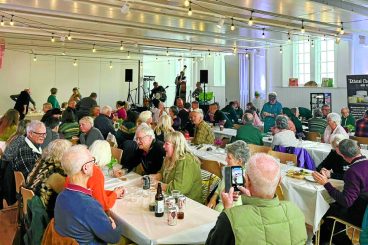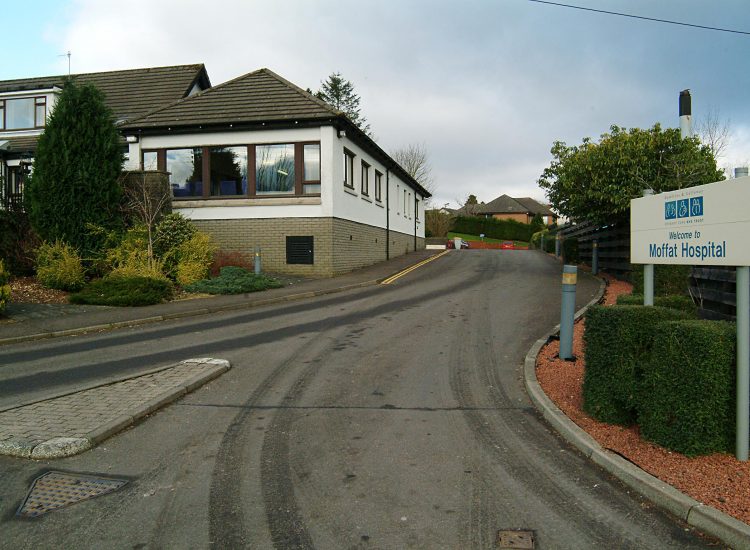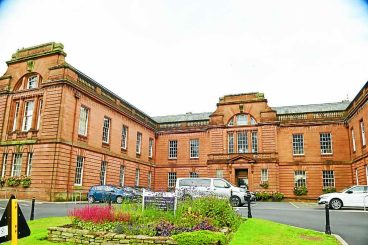Deep in a forest between Moffat and Ae, above the confluence of the Black Linn and the Tor Linn, there is a massive earthen rampart and promontory long believed to be the the site of a small 13th century fort.
The New Statistical Account of Scotland (2) (published 1834-1845) describes it as a hidden stronghold from which Wallace and his 16 men-at-arms would ‘sally forth to annoy the English’.
An aerial survey of the area was recently commissioned by Forestry and Land Scotland (FLS) and carried out by Skyscape Survey using a drone. Explaining more, FLS archaeologist Matt Ritchie said: “In recent years we have been working with Skyscape Survey to develop the methodology of drone-generated photogrammetric survey, combining accurate survey methods with innovative visualisation techniques. Hundreds of photographs taken from the air by remote-controlled drone are stitched together using point-matching software to create a 3D terrain model, stripping away scrub and ground vegetation. Height detail is refined by adding close contours and orthographic colour. It’s a fascinating and revealing technique that really begins to open up the landscape and this seemed like an ideal site to investigate. There isn’t much evidence on the surface, but the rampart and topography matches the historic description very well.”
He was keen to find out how much truth there was in the 1845 account, which states: “A small fort, commonly called Wallace’s House, adjoining Torlinn, a glen filled with natural oak… This fort commands an extensive view to the south, occupying the summit of an angle formed by the junction of two branches of that steep ravine; and being protected on its third side by a large fosse (or ditch), it must have been a strong place of defence. Sir William Wallace, while meditating the capture of the castle of Lochmaben in 1297, is said to have kept sixteen men there, with whom he sallied forth to annoy the English garrison under Greystock and Sir Hugh of Moreland.”
And Matt is confident their findings add to the story. He said: “The new contour model adds to a history of cartographic work that began with the Ordnance Survey in 1857. Our new 3D model enables the massive rampart of the fort to really stand out, and the deep gullies of the two linns to be appreciated. It must have been the ‘strong place of defence’ described by the Account, the rampart topped with a timber palisade and enclosing timber buildings built to house the soldiers and their horses.
“But could the fort really have been built by William Wallace and his men? I’d like to think so – and, either way, the survey has added a new chapter to an old story!”
Meanwhile, FLS is working to restore the nearby glens to a native condition. They still contain ancient semi-natural woodlands, including mature native oak, ash, birch, rowan, alder and willows.
FLS regional environment advisor Bill Coombes said: “This is a site where ecological and heritage objectives come together to create a special place and it’s important that we look after it. Over the past six years our apprentices have been working to remove the non-native conifers from the two steep sided Linns which protect and create the promontory fort.”
- Pictured above, aerial view – Wallace’s House view facing E (copyright FLS by Skyscape Survey 2020)





